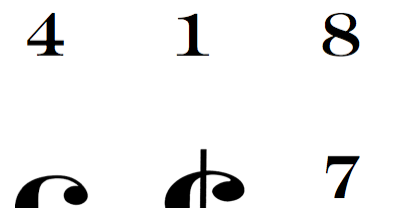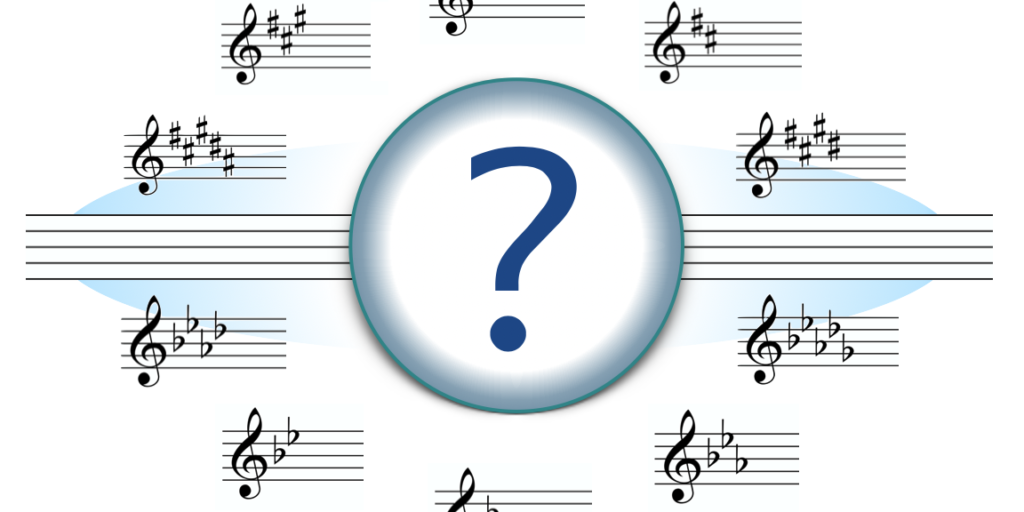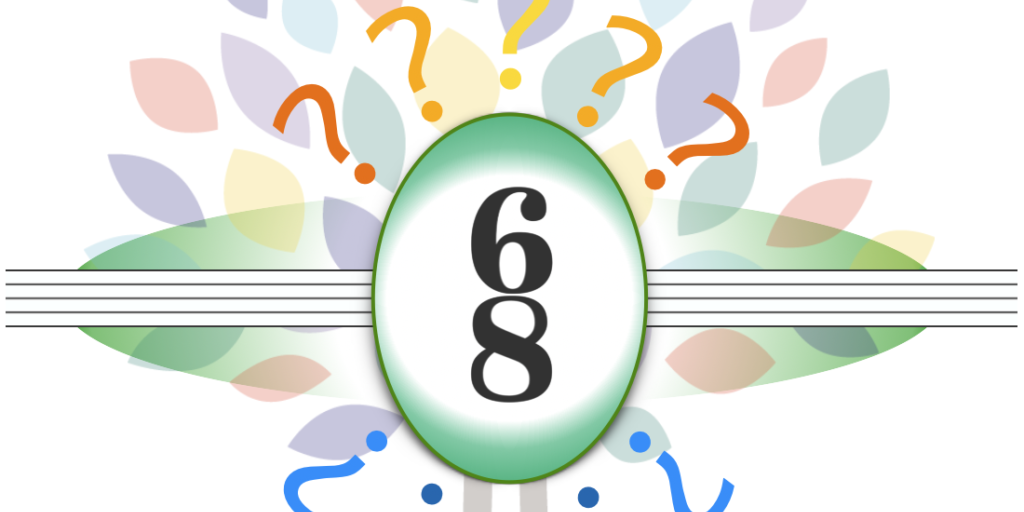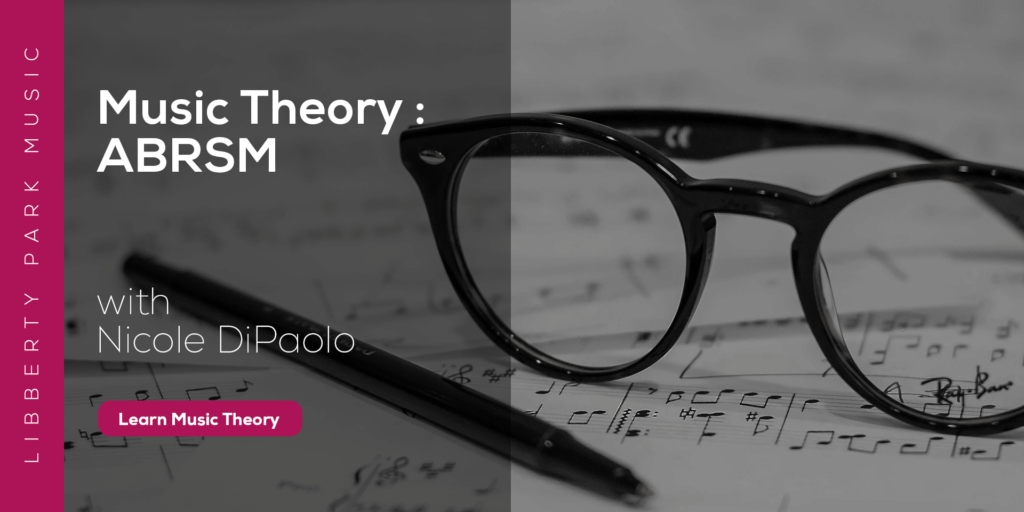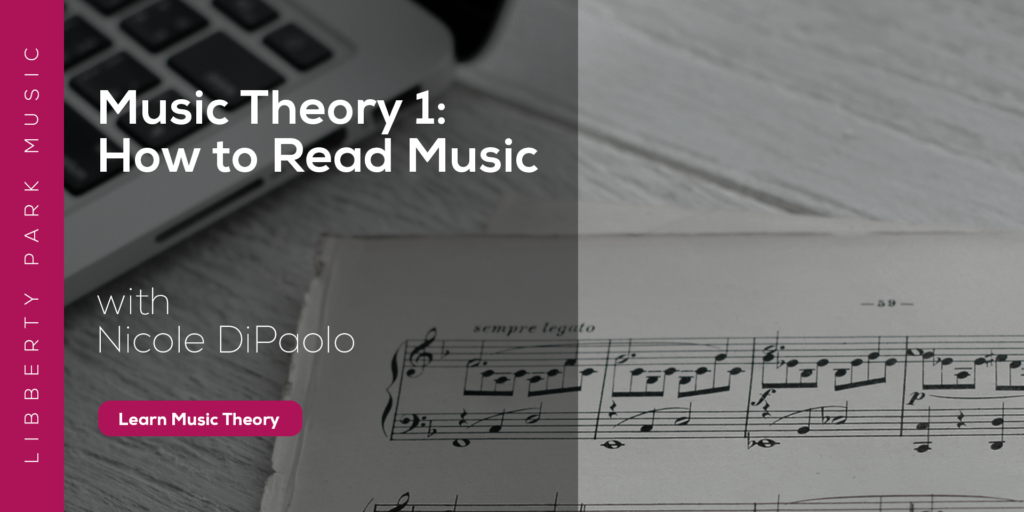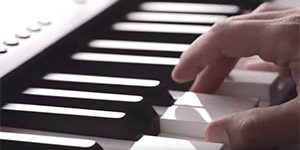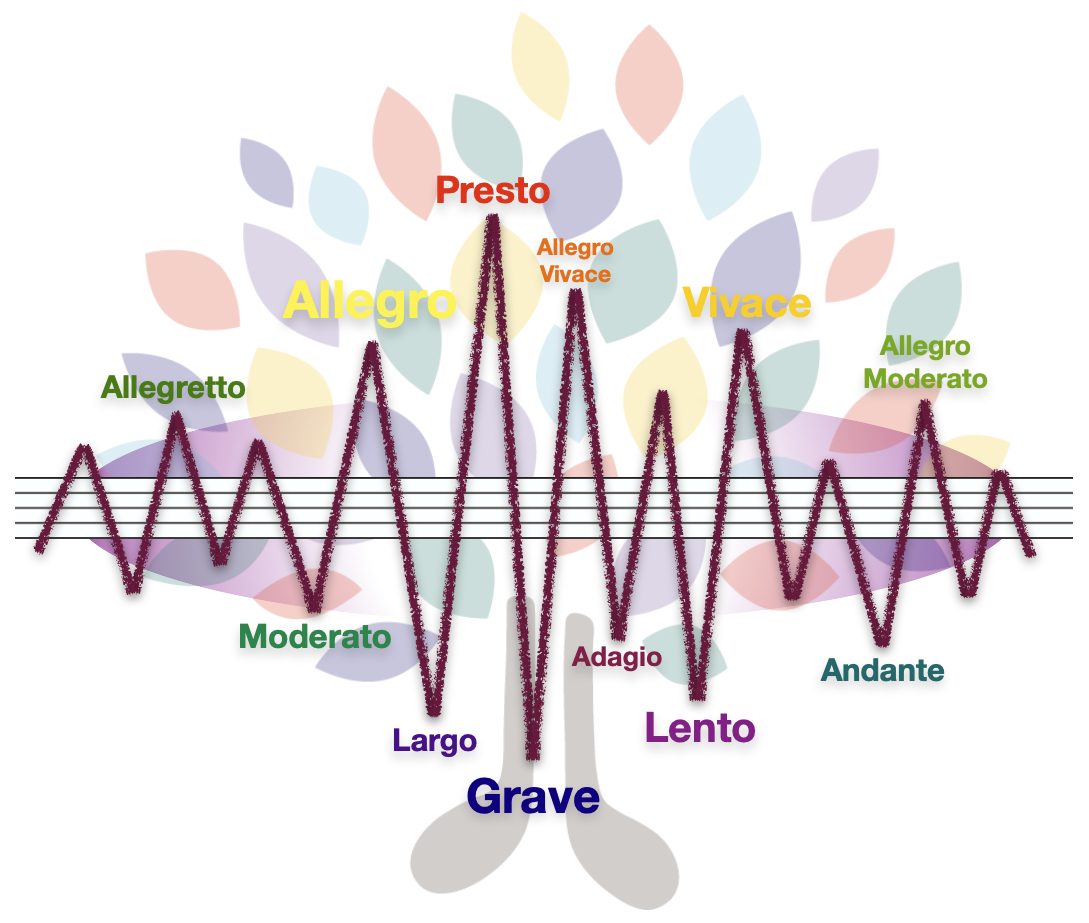
We consider a number of elements when learning a piece of music. We think about how loud the piece should be, how to count the beats, and how we should articulate the notes. We also consider how fast the piece should be, because speed is one of the most important factors determining the character of a piece of music.
In the world of Western classical, jazz, and pop music, we refer to the speed of a piece as the tempo, and we have a variety of different terms we use to communicate what the tempo should be. Some of these terms describe an approximate range of speed, while others state a specific speed in beats per minute (bpm). Terms for tempo can also take the form of expressive descriptions. For example, one of the most commonly used tempo terms, allegro, means “cheerful” or “lively,” which, while not explicit descriptions of speed, can be reasonably interpreted to imply that the piece should be taken at a faster speed. Performance and composition practices have honed the range of these terms over the centuries, so modern day performers have a fairly specific idea of an allegro speed.
In this article we’ll introduce some of the most common ways to describe the tempo of a piece of music. We’ll briefly explain how they work and why they’re important.
Common Tempo Markings
In Western classical music, the historical “language of music” was Italian. Consequently, many of the most popular terms regarding the tempo are taken from that language. German and French composers of the mid and later 19th century began to include tempo markings in their native tongues, and today most jazz and rock charts feature tempo indications in English.
Here are some of the most common tempo markings you might encounter. In the chart below you will see both the tempo terms and their meanings, as well as the beats per minute speed ranges. Notice the overlap between many of the designated speeds:
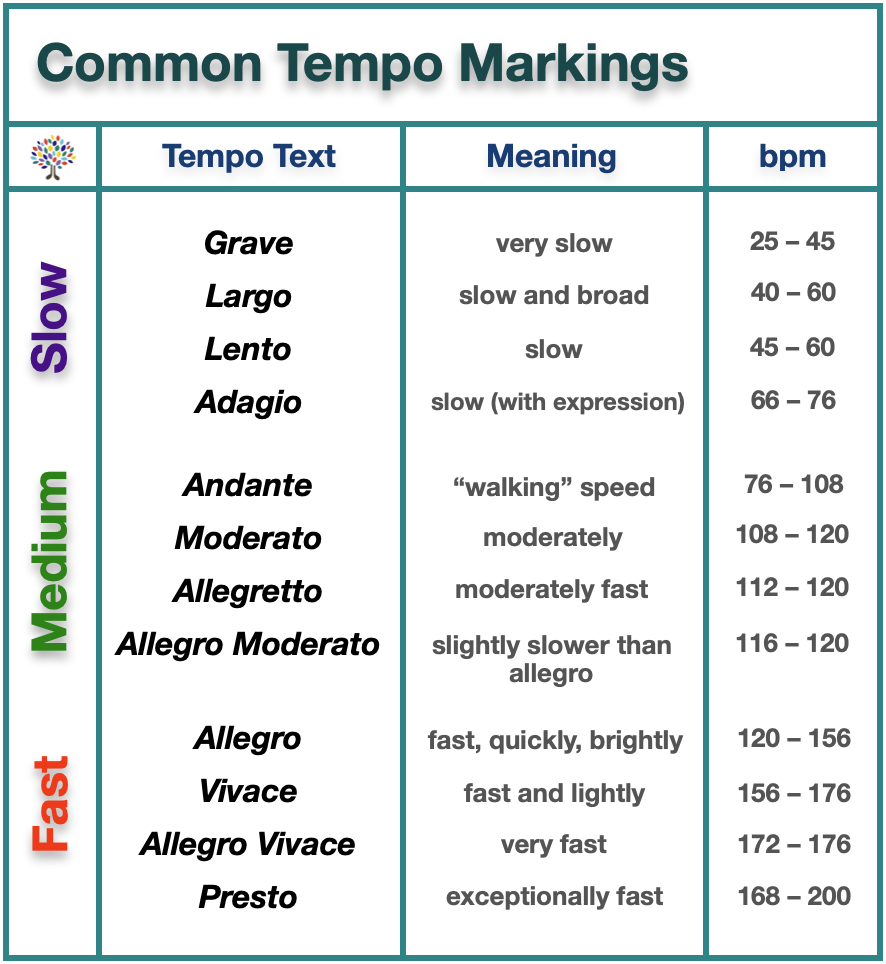
In addition to these language-based terms, the tempo can also be seen as specifically set by a note value = beats per minute value. For example, the tempo marking below would mean that the quarter note beat was to be taken at 120 beats per minute:
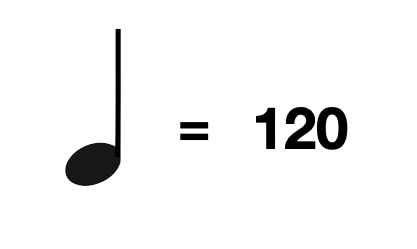
Additionally, you might see some of the following terms accompanying the primary tempo markings to help further specify them:
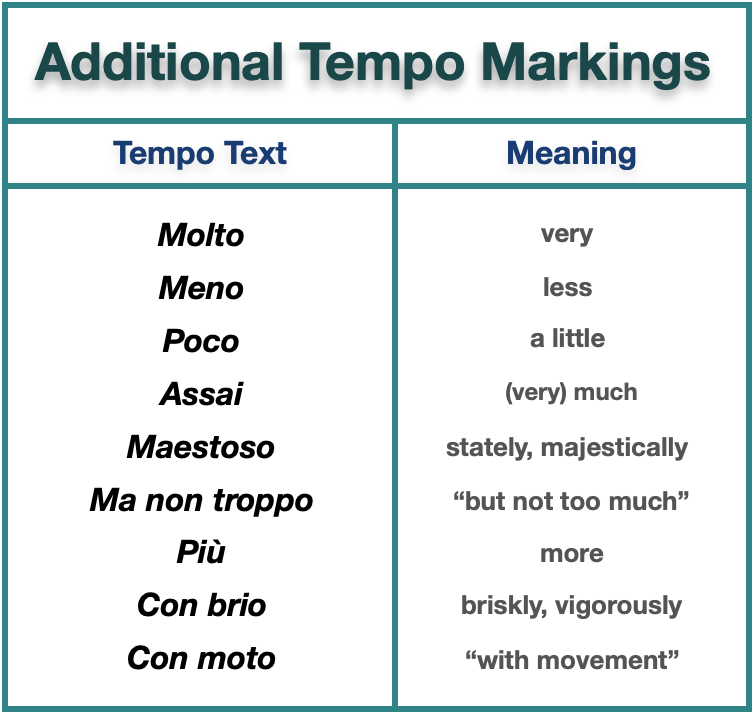
Changing Tempo
While the main tempo of a piece is found marked at the beginning, pieces can also change tempo mid-stream. We have another series of tempo markings telling us how to change the tempo (whether to speed up or slow down):
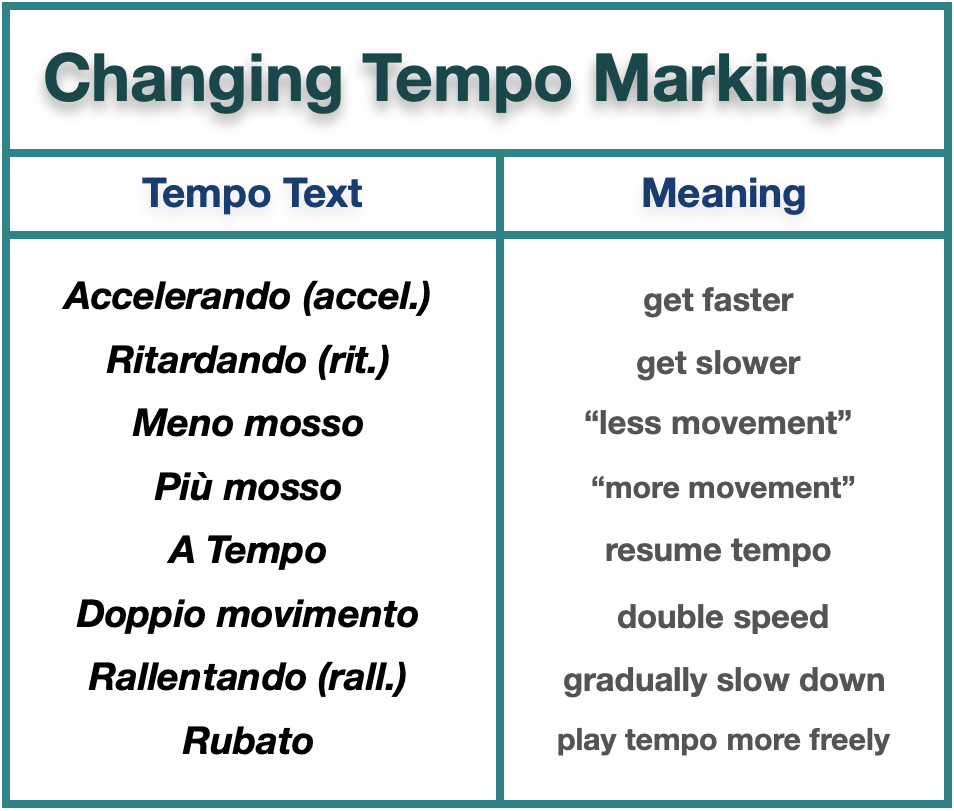
We combine different markings for setting and changing the tempo to generate the full picture for the speed-based character of a piece.
Where to Find Tempo Markings
In musical notation, tempo markings can be found anywhere a change or establishing of speed is required. However, the most common place to find a tempo marking is at the beginning of a piece, just above the time signature and key signature:
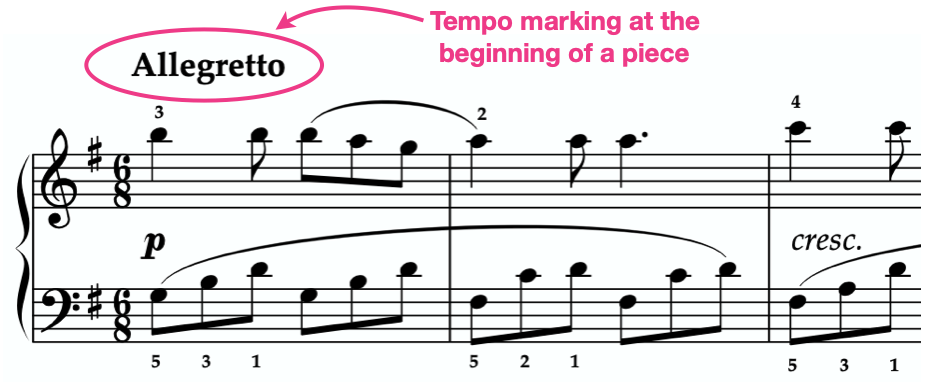
Tempo markings for changing tempos are generally found either next to the music notes they’re changing for a single staff (usually above), or in the middle of the grand staff for piano music:
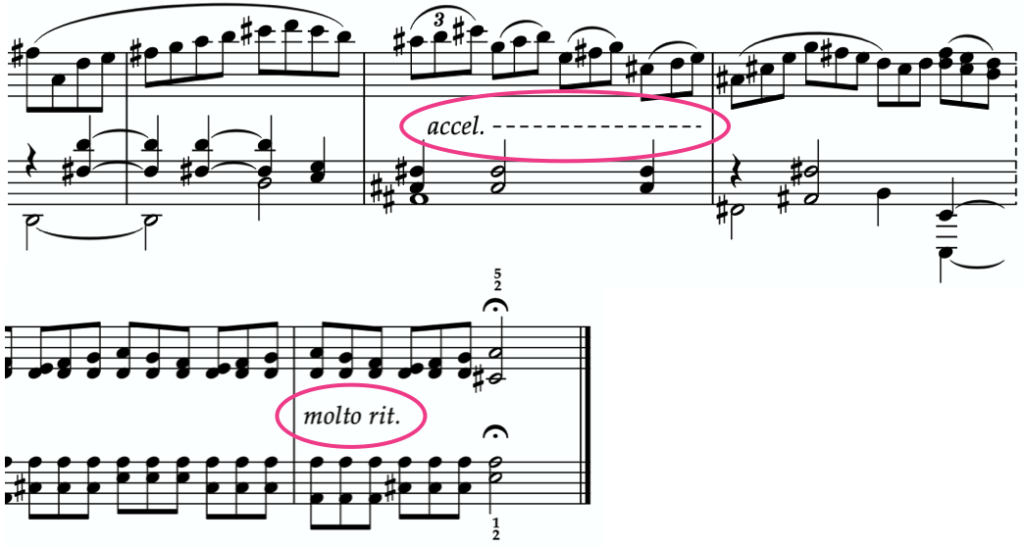
Tempo markings can also be found in different areas throughout the piece if the speed changes. For example, a ritardando or accelerando might land on a new established tempo, which needs to be marked accordingly in the piece:

Similarly, another common use of tempo markings is to signal a return to the original tempo after a speed up or slow down:

In some cases, a brief pause in the tempo will be used for practical or expressive purposes. The most common form and indicator of this is the fermata, which is a symbol used to indicate a pause of the tempo on a beat:

There are some guidelines for how long a fermata should last, but usually the length is based on the note value, and on the preference of the performer or conductor.
What's the Difference Between Tempo and Time Signature?
It is important to remember that the tempo of the piece and the time signature are two different parameters. They both work together to generate the beat, speed, and “feel” of a piece, but they can be combined to yield very different results.
You can have a fast 4/4, or a slow 4/4, but the time signature determines the “4/4” part, and the tempo dictates the “fast” or “slow.”
One particular and important blend of the beat and tempo is found in the use of tempo rubato. Using tempo rubato, a performer makes stylistically appropriate micro-changes to the tempo.
An important guideline for the practice of tempo rubato is that the beat can be “bent” but never broken, meaning that the listener must always be able to feel the beat, even if the tempo is momentarily slowed or accelerated. Tempo rubato is perhaps famously known as a common performance practice in the piano music of Frédéric Chopin.
Thanks for checking out this article from Liberty Park Music! If you liked what you saw here, you can find more in our blog at libertyparkmusic.com. We also have a YouTube page! And if you're really ready to take your music training to the next level you can subscribe to our site and gain access to a full spectrum of piano, guitar, drum, and music theory lessons.
Sign up for our free newsletter
Useful articles for musicians
About the Author: West Troiano
West has over 10 years of teaching experience in settings that vary from private studios to college classrooms. In addition to teaching through traditional forms of piano pedagogy, West frequently produces music and teaching materials that cater to the needs of his students. Check out West's course on Piano Etudes for both beginners and intermediate pianists.


